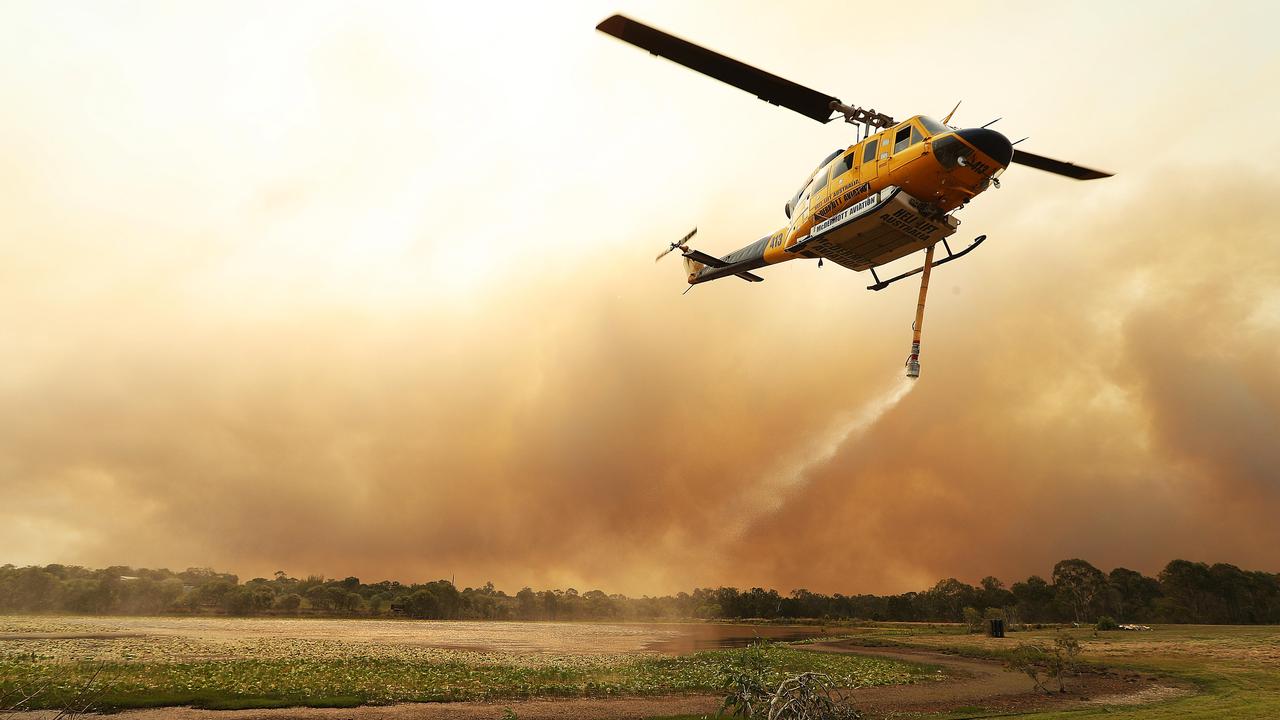Bushfires: primacy of life is the most timely message
Just as fire loves to retrace its steps, authorities will want the Great Ocean Road fires to be a template for future disasters.

Fire never forgets. It hit Wye River in 1939, again in 1962 and now on Christmas Day 2015; it loves the Otway Ranges.
The challenge for firefighters is ensuring that residents and tourists continue to heed the lessons of the 2009 Black Saturday disaster that killed 173 people and left thousands homeless.
Just as fire loves to retrace its steps, authorities will want the Great Ocean Road fires to be a template for future disasters.
The Wye River fires were probably the first time since Black Saturday in 2009 where the community has acted almost to a man, woman and child on the lessons of leaving early and living, drawing on a much more coherent, sophisticated and co-ordinated emergency operation. This significant breakthrough saved lives.
The weekend’s fires also underpin why it’s time to have another serious look at planning laws that allow people to build in impossible-to-defend locations.
Questions urgently need to be asked about whether houses should be rebuilt on the most dangerous blocks, regardless of the emotion that surrounds lost property; these laws threaten firefighters’ lives.
There is no doubt the fallout from Black Saturday played a significant role in preventing loss of life when the hamlets of Wye River and Separation Creek were severely impacted.
As did the change in direction under Emergency Management Victoria Commissioner Craig Lapsley, who has enshrined the doctrine of primacy of life and the need for timely messaging to the community.
Arguably for the first time since the Black Saturday royal commission investigated the 173 deaths and 2000 homes lost in the fires, there was clear evidence that the public has finally tuned in to the dangers of fire in southeastern Australia.
Officials believe the community is now getting the necessary information via mainstream and social media and that people are acting on it, rather than waiting for fire to sweep over the top of vulnerable communities. There is little justification for people remaining in high-risk zones when fires are marching into built-up areas.
There is also encouraging evidence that the multiple agencies that respond to these disasters are working together rather than being at odds with each other.
Successive governments have been working closely with all state and federal agencies from the three major firefighting entities, to police, the Environment Department and even the state Treasury.
The latest fires are probably just the beginning for Victoria, Tasmania and South Australia.
As Mr Lapsley has stressed, the fire that erupted on Christmas Day was not fuelled by the most extreme conditions. This was no Black Saturday with 47C heat and 100km/h northerly winds; in its place was a hot and swirling northerly but with the temperature hovering in the low to mid-30s.
What these Christmas fires expose is the potential for a large-scale disaster that could match the Ash Wednesday fires of 1983, when lives were lost in the Otways and many houses destroyed. If Ash Wednesday conditions return, the only safe place to be is well clear of the fire ground.
It sounds so simple.




To join the conversation, please log in. Don't have an account? Register
Join the conversation, you are commenting as Logout